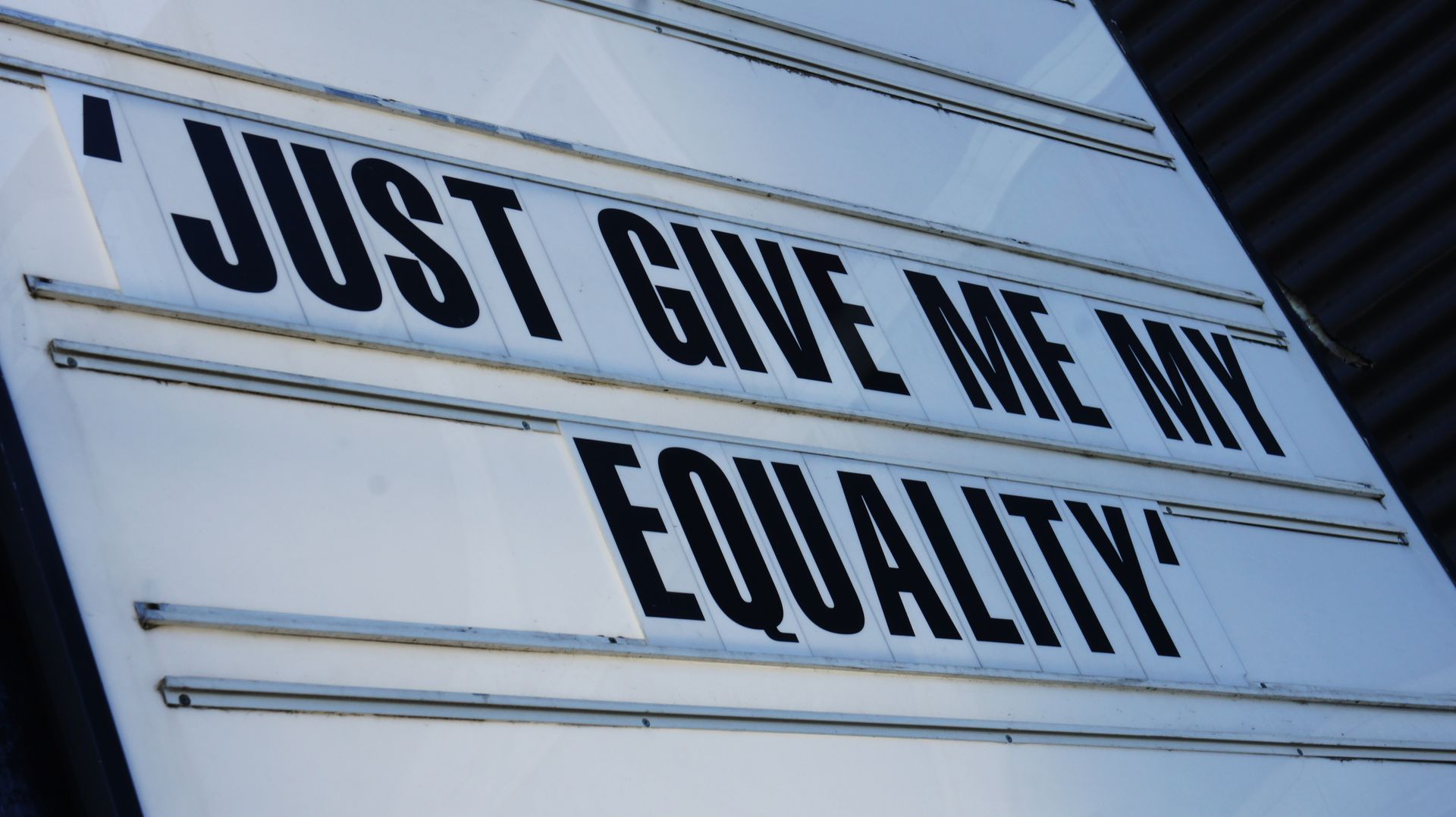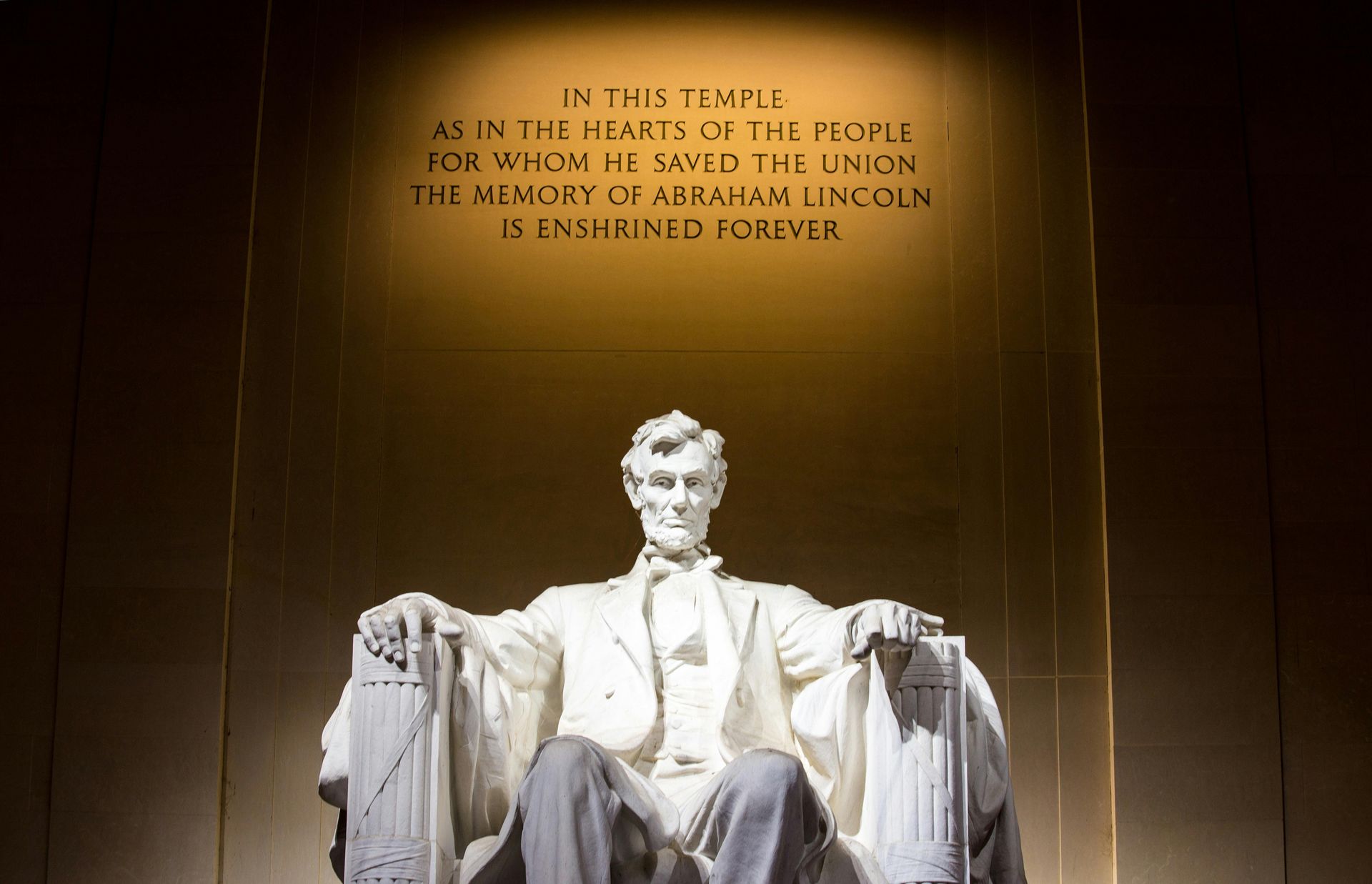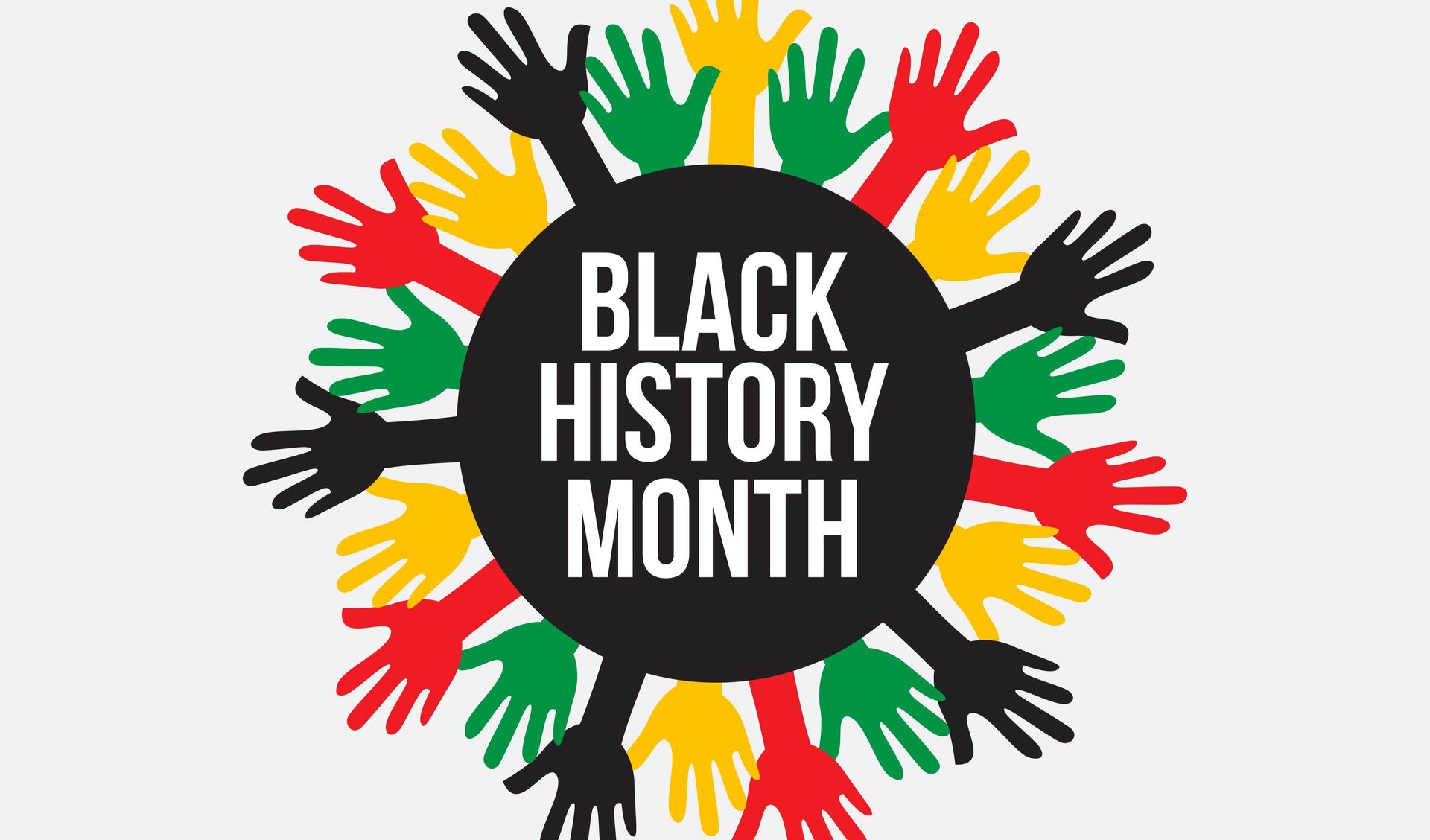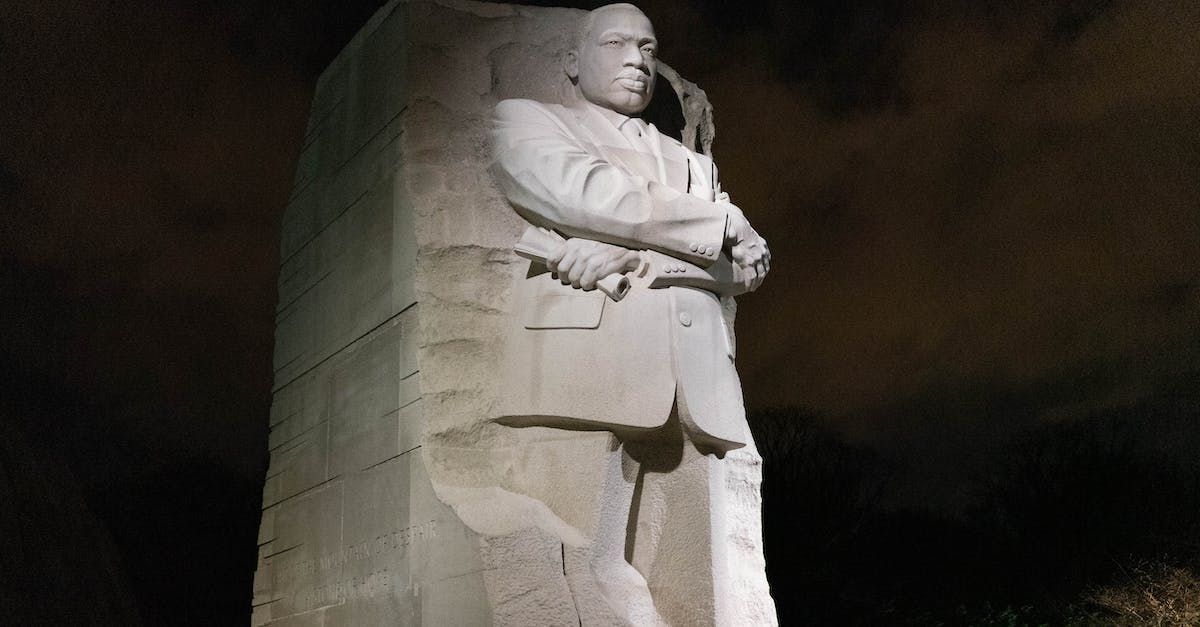Unveiling the Paradox: Affirmative Action's Unintended Consequence of Primarily Benefiting White Women
Who has benefited the most from Affirmative Action?

Affirmative action has long been touted as a policy aimed at promoting equality and leveling the playing field for marginalized groups. However, a closer examination of its historical impact reveals an unexpected outcome: affirmative action has primarily benefited white women. This article delves into three key arguments to illustrate how history reflects the disproportionate benefits bestowed upon white women through affirmative action.
Employment Opportunities and Glass Escalators
One of the main objectives of affirmative action was to increase representation and opportunities for underrepresented groups in the workforce. While initially intended to address racial and ethnic disparities, the policy has inadvertently created an environment where white women have experienced significant gains. Affirmative action initiatives have often resulted in white women being hired or promoted more frequently than men of color. This phenomenon, known as the "glass escalator," enables white women to ascend to higher positions within traditionally male-dominated fields, while men of color continue to face barriers to advancement.
Educational Advancement and College Admissions
Affirmative action in college admissions was intended to ensure that underrepresented minority groups, including African Americans and Hispanics, had access to higher education. However, data shows that white women have disproportionately benefited from these policies. While African American and Hispanic students still face significant obstacles in accessing quality education, white women have seen an increase in their college enrollment rates and have taken advantage of affirmative action policies meant to level the playing field.
Entrepreneurial Opportunities and Business Ownership
Another unintended consequence of affirmative action is the disproportionate impact it has had on white women's entrepreneurial opportunities and business ownership. While intended to boost minority entrepreneurship, the policies have created an environment that favors white women. Government programs and initiatives aimed at promoting women-owned businesses have often been more accessible and supportive to white women, leaving women of color behind. This disparity contributes to the perpetuation of economic disparities among
different racial and ethnic groups.
Contrary to its original intent, affirmative action has resulted in a paradoxical outcome: white women have emerged as the primary
beneficiaries of these policies. Employment opportunities, educational advancements, and entrepreneurial ventures have seen a disproportionate impact on white women, while other underrepresented groups have struggled to achieve similar gains. Acknowledging this unintended consequence is essential in reassessing affirmative action policies to ensure that they truly address historical injustices and promote equality for all marginalized communities. A comprehensive approach that acknowledges and rectifies these imbalances is necessary to create a more equitable society.










All Rights Reserved | Dr. Kai Dupé.
